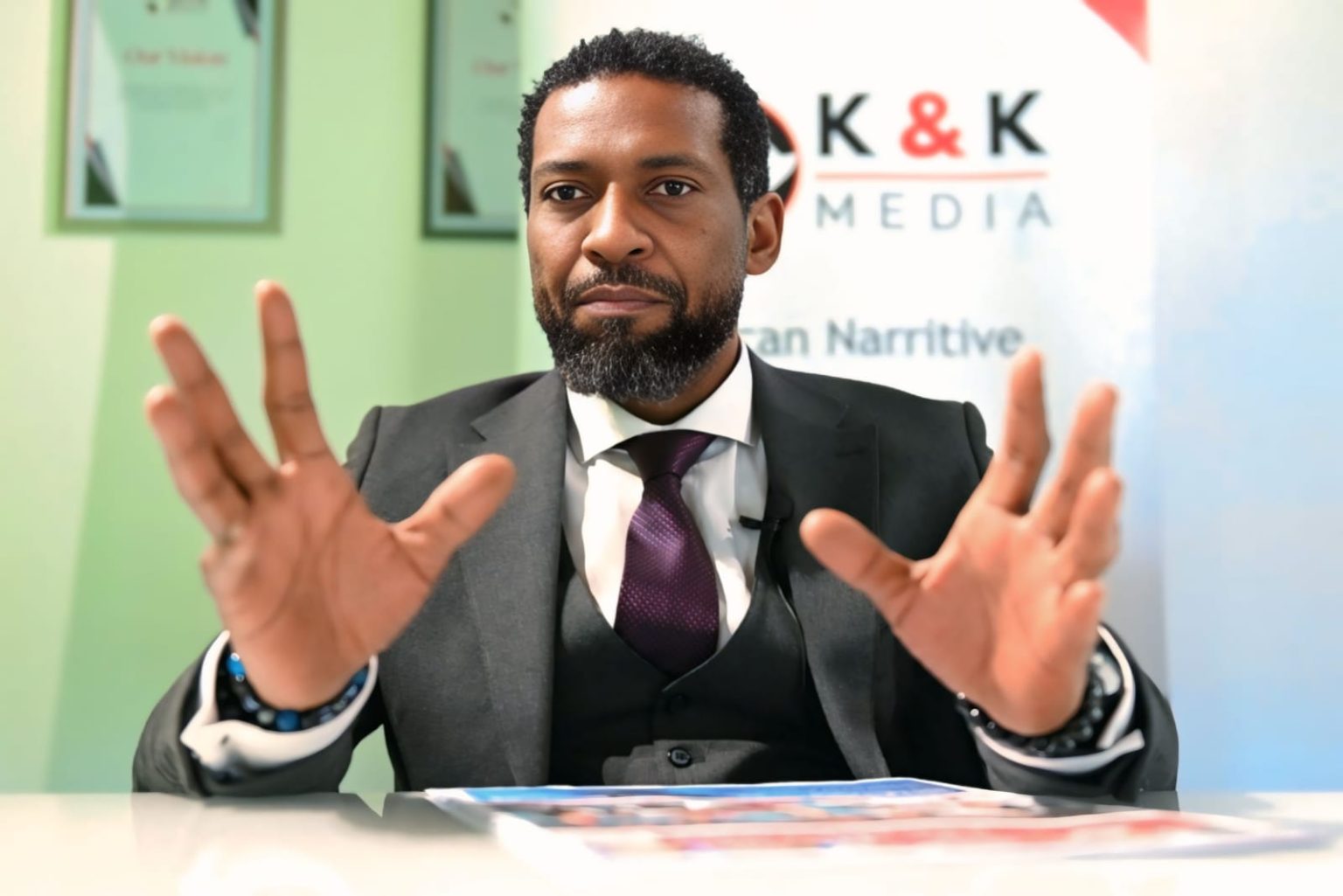News
What Happens When 850,000 Matrics Compete for Just 525,000 Seats?

South Africa’s education system is under pressure. Again.
It’s a tough pill to swallow. As thousands of matriculants begin preparing for final exams, an uncomfortable reality looms ahead: not all of them will find a seat in South Africa’s public post-school education system in 2026.
This week, Higher Education Deputy Minister Buti Manamela issued a frank warning. Speaking from the Ronnie Mamoepa Media Centre in Pretoria, he confirmed what many students and parents fear but few openly admit. Of the 850,000 young people expected to write matric this year, the system can only accommodate roughly half in the next academic cycle.
Not enough chairs at the table
Universities, TVET colleges, and CET colleges combined will have space for only about 525,000 new students in 2026. The breakdown is sobering: around 235,000 spots at universities, 170,000 at technical colleges, and 120,000 at community education centres.
It’s a scenario that plays out year after year, but the numbers are getting harder to ignore. The University of Johannesburg received nearly 700,000 applications for fewer than 11,000 places. Stellenbosch was swamped with over 90,000 hopefuls for just 6,000 spots. And the University of KwaZulu-Natal? More than 290,000 applications rolled in for a mere 8,600 first-year positions.
The demand isn’t just high. It’s overwhelming.
A degree is not a guarantee
There’s also a common misconception among learners and parents that a bachelor’s pass automatically unlocks university entry. It doesn’t. Manamela explained that even with top marks, students won’t necessarily find a space, especially in popular programmes like law, nursing, education, social work and accounting. National planning around skills shortages dictates how many spots each course can offer.
Put simply, the country can’t afford to churn out thousands of unemployed graduates in fields already saturated.
Beyond the university dream
So where does that leave the other half?
“Not every student will be placed,” Manamela said, adding that many will need to explore jobs, take gap years, or pursue alternative training. While this may sound discouraging, it’s also an invitation to reimagine what success looks like after school.
TVET and CET colleges are not consolation prizes. They offer practical training in industries where skills are in short supply. With the help of Sector Education and Training Authorities (SETAs), thousands of learnerships, apprenticeships, and short skills programmes are available to support those who don’t follow the traditional academic path.
And for those who qualify financially, the National Student Financial Aid Scheme (NSFAS) still funds around 900,000 students, including 130,000 in community colleges.
The deeper problem
This yearly scramble highlights deeper structural issues. Students are still struggling with delayed NSFAS allowances. Accommodation remains in short supply. Infrastructure in some colleges is falling apart. And high dropout rates in first-year university students continue to raise alarms.
It’s not just about access anymore. It’s about retention. Manamela emphasised that institutions need to be more transparent about throughput and completion rates so the public can see how many students actually graduate.
What parents and learners should do now
With application deadlines looming (many closing in October), Manamela urged learners to apply early, apply broadly, and take alternative institutions seriously. Choosing the right study field, understanding national job trends, and being flexible about options could make all the difference.
For many, it’s time to shift perspective. University isn’t the only doorway to success. Technical skills, vocational education, and lifelong learning have never been more relevant.
The next few months will define futures
In the end, the numbers tell a clear story. We are producing more qualified matrics each year, but our system hasn’t grown at the same pace. That mismatch is now impossible to ignore.
For the class of 2025, the road ahead may look uncertain. But with honest conversations, better planning, and wider awareness of all available pathways, it’s possible to navigate it with confidence.
Also read: Wrongly Branded a Killer: Man Wins R100K After Police’s Shameful Mistake
Follow Joburg ETC on Facebook, Twitter, TikT
For more News in Johannesburg, visit joburgetc.com
Source: IOL
Featured Image: Inside Education.

















